Strategic construction estimation methods are among the most crucial aspects of generating accurate and error-free cost estimates. “Accuracy” can help you secure funds and adjust your budget accordingly to prevent budget overruns. However, most contractors are losing profitable projects due to incompetent cost judgments. If your estimate is not reliable, then either your bidding will be too low or too high. As a result, you will lose the bid!
Moreover, this construction industry is competitive, and the profit margins are also tight. So, you need to become a pro in predicting project expenses by using the modern construction estimation methods in 2025. Well, the best solution is to outsource a reliable construction estimating company to secure funds and prepare competitive construction bids. However, from this guide, you will learn the latest strategic methodologies.
Current Market Context (2025)
Do you know that Construction cost inflation is projected at +4.4% for nonresidential buildings and +5.0% for residential in 2025? Additionally, the interest rates are expected to decline gradually into the mid-5% range. The main cost influences are:
Material Cost Volatility
Steel, lumber, and electrical components continue experiencing price volatility. The major reason is material shortages, delays, and increased transportation expenses.
Labor Market Dynamics
The construction industry must hire approximately 454,000 new workers in 2025 on top of normal hiring demands, driving wage inflation and productivity concerns.
Technology Integration
The global AI in construction market is projected to soar from $4.86 billion in 2025 to $22.68 billion by 2032, growing at a 24.6% CAGR.
Traditional Estimation Methods: Refined for 2025
1. Analogous Estimating
Analogous Estimating relies on historical data from similar past projects to forecast costs for a new project, assuming similar cost patterns.
- Quick feasibility assessments in volatile markets
- Early-stage budgeting when detailed plans are unavailable
- Baseline establishment for AI-enhanced estimates
You should use this method to:
- Use projects from the same geographic area, as regional variations can significantly impact accuracy
- Adjust for inflation using current market indices
- Factor in recent material cost fluctuations
Accuracy Range: ±25-40% (Conceptual phase)
2. Parametric Estimating
Parametric estimating uses measurable factors—such as cost per square foot or labor hours per unit—to calculate the estimated total project cost.
2025 Enhancements:
- Integration with real-time cost databases
- Regional cost modifiers for inflation adjustment
- AI-driven parameter optimization
It is reliable because it provides:
- Cost per square foot (varies by building type and location)
- Labor hours per unit of work
- Equipment utilization rates
- Material quantities per functional unit
Accuracy Range: ±15-25% (Design development phase)
3. Unit Cost Estimating
Unit cost estimating assigns a unit cost to each component of the construction process, with costs refined over time through project experience.
Components:
- Material costs: Current market pricing with inflation factors
- Labor costs: Including prevailing wage rates and productivity factors
- Ownership and operating expenses
- Overhead, profit, and contingencies
4. Detailed/Bottom-Up Estimating
A detailed estimate even covers the tiniest expense of the project. That means it requires strategic planning and accurate calculations by understanding project procedures in detail!
Process Components:
- Quantity Takeoffs: Precise measurement of all materials
- Labor Analysis: Detailed productivity assessments
- Equipment Planning: Specific machinery requirements
- Cost Assembly: Integration of all cost components
- Risk Assessment: Contingency planning and scenario analysis
Accuracy Range: ±5-10% (Construction documents complete)
Famous AI and Automation Technologies
Automated Quantity Extraction
AI systems use pattern recognition to automatically recognize outlines of each room and perform necessary calculations, with some achieving ±1% accuracy compared to manual takeoffs.
Famous Platforms
- Beam AI: Fully automated, QA-checked construction takeoffs with 90% time savings
- Togal.AI: Advanced pre-construction technology for automatically detecting, measuring, comparing, and labeling project spaces
- Kreo Software: AI automatically detects and classifies elements on drawings—from rooms and doors to windows and walls—in real time
Capabilities:
- Real-time drawing analysis
- Automatic material identification
- Dimension extraction and calculation
- Quality assurance validation
Natural Language Processing (NLP)
NLP capabilities enable software to understand context, improving the accuracy of text interpretation from specifications.
Applications:
- Specification analysis and interpretation
- Change order impact assessment
- Risk identification from project documents
- Automated report generation
Predictive Analytics Integration
AI examines past data, market trends, and current project details to predict costs and help contractors make better bids.
Benefits:
- Market trend analysis
- Price volatility prediction
- Resource optimization
- Schedule impact assessment
Advanced Estimation Techniques for 2025
Three-Point Estimation
It combines optimistic, pessimistic, and most likely cost scenarios to create a weighted average estimate
It is extracted through this formula:
(Optimistic + 4 × Most Likely + Pessimistic) ÷ 6
Example Application:
- Optimistic: $7.5M
- Most Likely: $10M
- Pessimistic: $15M
- Weighted Average: $10.8M
Benefits:
- Risk quantification
- Uncertainty accommodation
- Scenario planning capability
Monte Carlo Simulation
Complex projects with multiple variables
- Probability-based cost modeling
- Risk assessment integration
- Sensitivity analysis
Use Cases:
- Large infrastructure projects
- Projects with significant unknowns
- Multi-year construction programs
Value Engineering Integration
Systematic method to improve project value
- Function analysis
- Alternative evaluation
- Cost-benefit assessment
- Life-cycle cost consideration
Conclusion
In short, smart estimating methods in construction contribute a very big part to generating flawless cost evaluations. The methods discussed in this guide are a combination of traditional nd modern methods. This way, you can enhance the budgeting process, bid smartly, and prevent project delays. Success is the major factor that requires your effort and skills to learn and apply Construction Estimating Methods.

